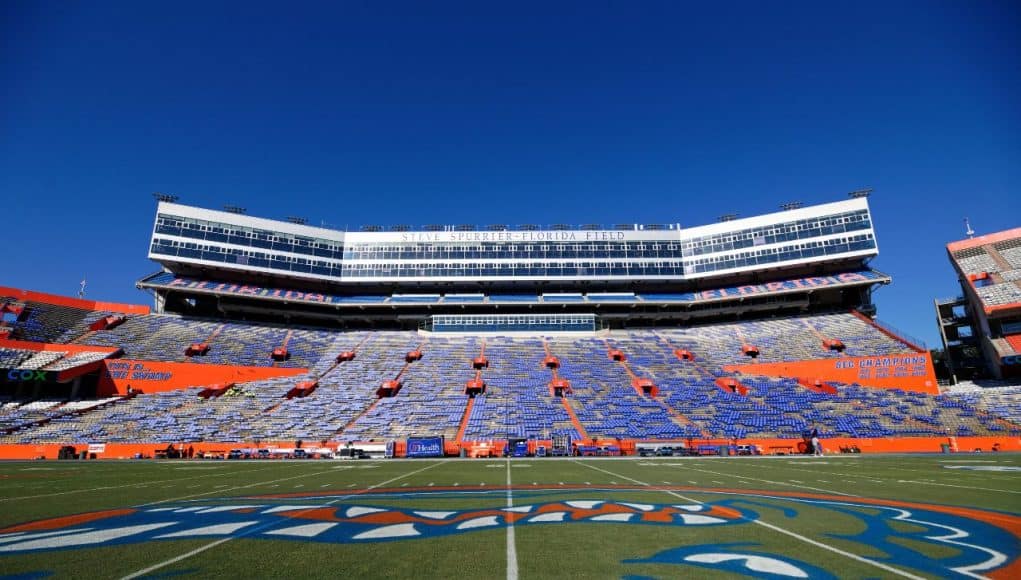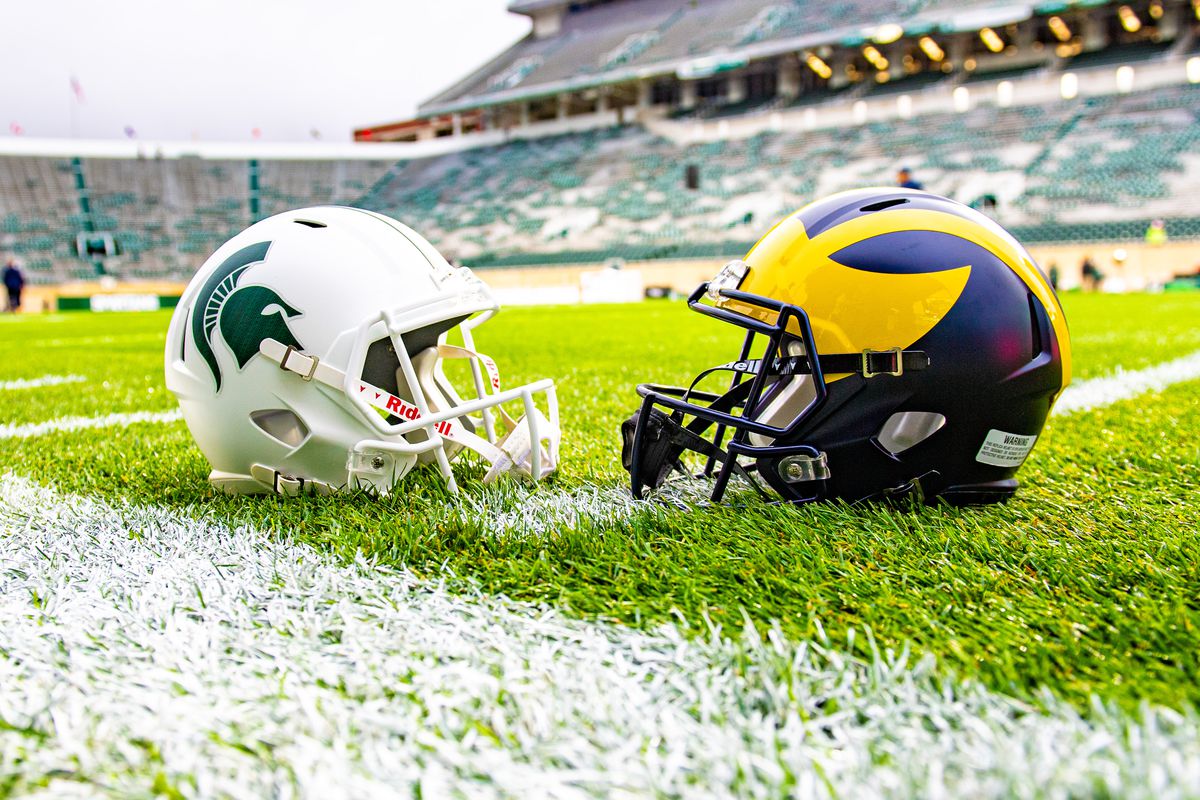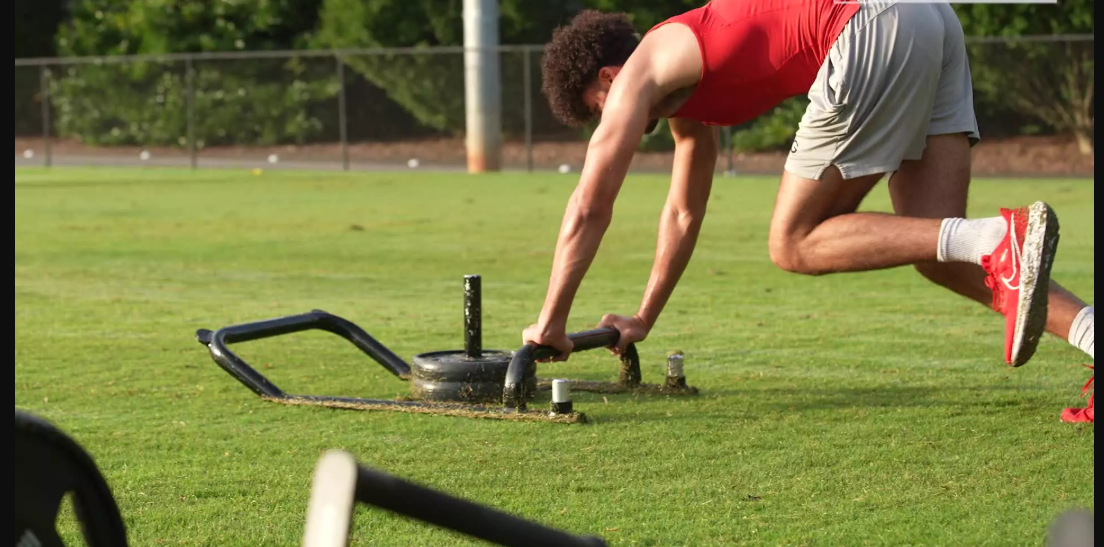GAINESVILLE — What should the Florida Gators aim for in a major renovation of Ben Hill Griffin Stadium?**
Six design teams have presented their proposals to renovate The Swamp, with Crawford Architects and Gensler outlining three main themes:
– Enhancing the fan experience
– Extending the stadium’s lifespan
– Maximizing revenue

After securing a $4.7 million contract in January, Crawford and Gensler are exploring these themes. The projected construction budget is $300 million, though the Gators estimate the total cost could exceed $400 million.
A recent trustee meeting revealed that UF athletic director Scott Stricklin stated they are in the information-gathering phase. The Tampa Bay Times, through public-records requests, reviewed these proposals, providing broad sketches on how UF can modernize its historic 88,550-seat, 94-year-old football stadium. Shade options were among the considerations.
**Improving Fan Experience**
Suggestions ranged from new restrooms and upgraded concessions with online ordering to loge boxes, end-zone clubs, and improved family seating.

D’Agostino Izzo Quirk Architects (D’AIQ) drew on their Rose Bowl experience, emphasizing the pageantry extending beyond the entrances, enhancing the stadium’s visual appeal from various perspectives, including aerial views.

OSPORTS proposed field-level boxes and tunnel clubs to create “immersive experiences,” while communal areas like fan plazas and social spaces could cater to younger spectators. Davis Architects suggested enhancements to the Gator Walk and other entrance areas, incorporating more social spaces, elevators, stairs, and shaded patio areas.

**Extending Stadium Life**
Adaptability, or “future-proofing,” is crucial for a project of this magnitude. HOK emphasized the need for a design that can adapt to changing technologies and fan preferences, suggesting moveable walls and state-of-the-art technology in premium areas. Davis highlighted the importance of periodically refreshing player development and recruiting areas to maintain their appeal.

**Maximizing Revenue**
HNTB noted that outdoor club seating provides the best return on investment, stressing the importance of versatility in design to maximize non-game day use. D’AIQ highlighted the potential for hosting additional events like farmers markets and soccer games.
Crawford/Gensler proposed plans for hospitality, concerts, events, and academic functions. They also emphasized the financial implications of maintaining a minimum seating capacity during construction, referencing Florida State’s renovation impacts on seating.
For the latest updates on the Tampa Bay sports scene, including the Bucs, Lightning, Rays, and Florida’s college football teams, subscribe to our free Sports Today newsletter and follow our coverage on Instagram, X, and Facebook.










